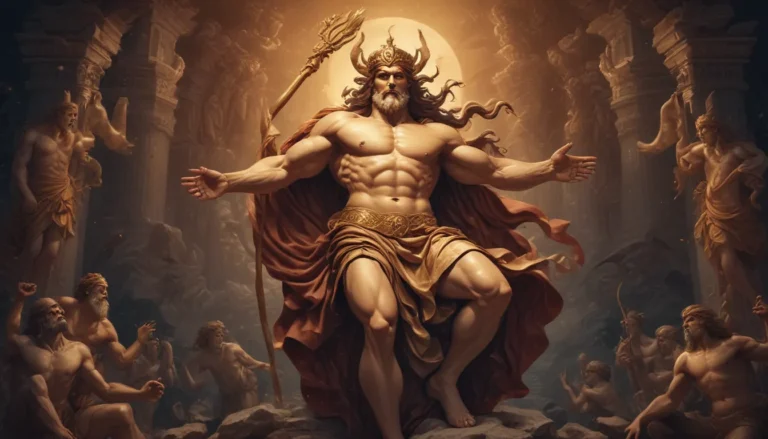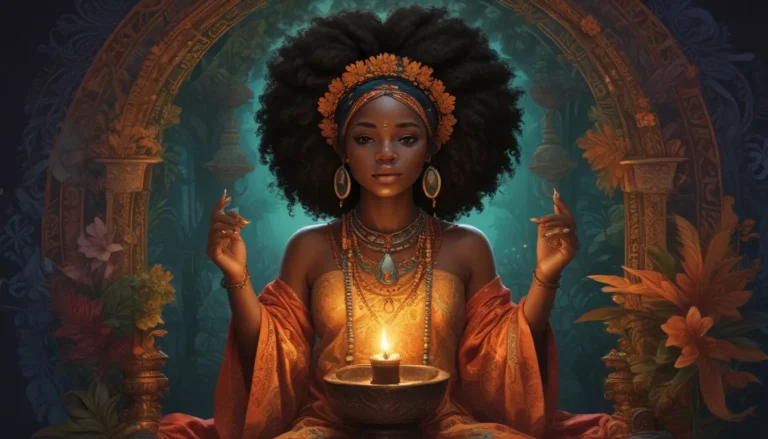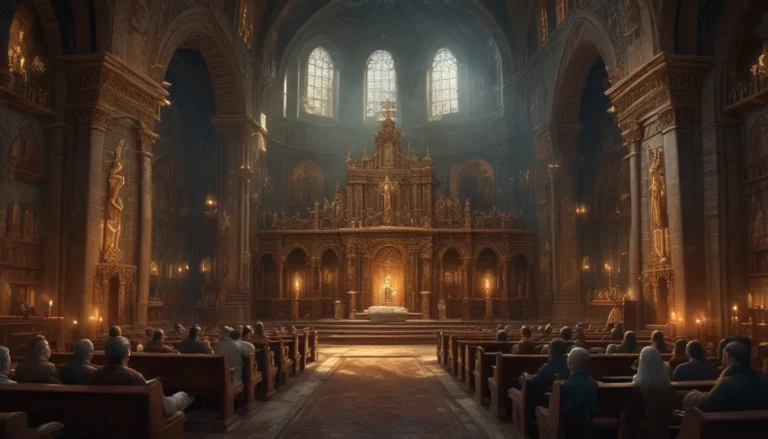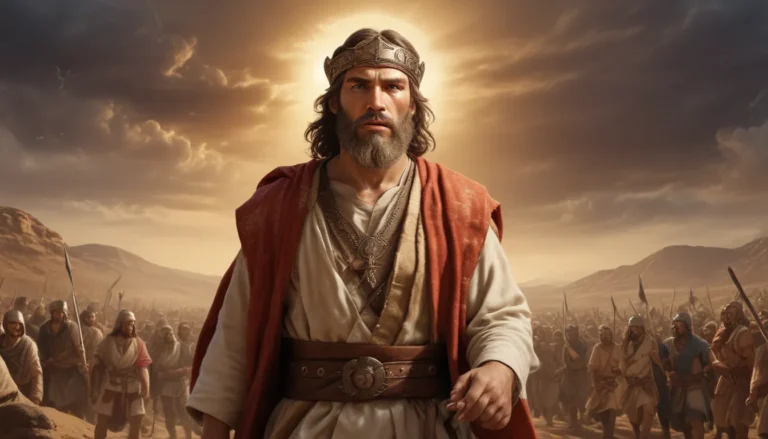The images in our articles may not match the content exactly. They are used to grab your attention, not to show the exact details in the text. The images complement the text but do not replace it.
Hello and welcome to the enthralling world of Semana Santa! Also known as Holy Week, this profound religious observance is celebrated in countries worldwide, steeped in deep cultural and religious significance. Join us on a journey as we unravel fascinating facts about Semana Santa, shedding light on its origins, traditions, and the vibrant tapestry of customs that define this extraordinary event.
The Genesis and Essence of Semana Santa
Originating in Spain, Semana Santa is intricately woven into the fabric of the Catholic faith. This commemoration encapsulates the final week of Jesus Christ’s life, culminating in his crucifixion on Good Friday and resurrection on Easter Sunday. Since its inception, Semana Santa has traversed borders, finding a home in countries with a predominant Catholic population, such as Mexico, the Philippines, Italy, and various Latin American nations.
Processions Pulsating with Tradition
Central to Semana Santa are the solemn processions that meander through the streets, captivating spectators with their aura of reverence and devotion. Participants, often affiliated with religious brotherhoods or fraternities, don traditional garb as they bear religious statues and floats called “pasos.” These majestic pasos depict scenes from the Passion of Christ, painting a poignant tableau of faith and spirituality.
The Enigmatic Nazarenos and Penitents
A striking feature of Semana Santa processions is the presence of Nazarenos or penitents, swathed in long robes and distinct pointed hoods. While these attire may bear a resemblance to the Ku Klux Klan’s regalia, the origins of Nazarenos in Semana Santa date back to symbolism steeped in humility and anonymity. Each Nazareno pledges allegiance to a specific brotherhood, carrying candles or crosses as a testament to their penitence and devotion.
A Kaleidoscope of Symbolic Colors
Colors serve as vibrant threads in the tapestry of Semana Santa. In Spain, participants don robes of varying hues, each laden with symbolic significance. Purple evokes penance and mourning, while white exudes purity and joy. The chromatic choices infuse depth and meaning into the solemn processions, enriching the visual narrative of this sacred observance.
Harmonies of Tradition: Traditional Music
Enveloping Semana Santa processions in an aura of reverence are the strains of traditional music. Bands known as “música procesional” resonate with religious hymns and mournful melodies, casting a spell of introspection as the pasos wend their way through the thoroughfares.
Indulging in Easter Delicacies
Semana Santa also tantalizes the taste buds with a cornucopia of delectable treats. In Spain, torrijas (a delectable rendition of French toast) and pestiños (honey-glazed pastries) reign supreme as Easter delights. Meanwhile, in Mexico, the palate is thrilled with capirotada, a luscious bread pudding crafted from a melange of bread, cheese, nuts, and dried fruits.
A Soiree of Celebrations Across Borders
Spain: A Spectacle of Grandeur
In Spain, particularly in Andalusia, Seville, and Malaga, Semana Santa processions unfold in a dazzling display of grandeur and artistic mastery. With processions stretching up to 14 hours and boasting thousands of participants, the immersive experience draws a global audience of over one million attendees annually in Seville alone.
Mexico: A Tapestry of Fervor
Mexico reverberates with religious fervor during Semana Santa, with elaborate processions weaving through its landscapes. The city of Taxco, renowned for its silver mines, elegantly blends tradition and reverence in its Semana Santa celebrations, enchanting all who partake in its revelries.
Philippines: A Symphony of Devotion
The Philippines resonates with vibrant Semana Santa traditions, particularly in the bustling metropolis of Manila. Here, processions and reenactments of the Passion of Christ create a captivating tapestry of devotion, drawing devotees and tourists alike into its embrace.
Embracing the Profound Essence
Semana Santa stands as a testament to deep-rooted religious devotion, cultural expression, and communal jubilation. From the majestic processions to the sumptuous culinary fare, this observance weaves a rich tapestry of tradition and spirituality that captivates hearts worldwide. By delving into its origins, customs, and unique facets, we unravel a melange of culture and faith that enriches our understanding of this mystical celebration. Whether as an ardent participant or a curious observer, Semana Santa promises an immersive and unforgettable experience.
Delving Deeper: Frequently Asked Questions (FAQs)
When does Semana Santa take place?
Semana Santa unfolds in the week leading up to Easter Sunday, its dates varying yearly as per the lunar calendar. Commencing on Palm Sunday, this sacred observance culminates on Easter Sunday, marking a transformative journey of faith.
What is the significance of the pasos in Semana Santa processions?
The pasos, or floats, in Semana Santa processions serve as visual narratives of the Passion of Christ, portraying key events leading to his crucifixion and resurrection. Revered as sacred objects of veneration, these meticulously crafted pasos symbolize the spiritual essence of the observance.
Are Semana Santa processions purely religious?
While steeped in religious traditions, Semana Santa processions radiate cultural significance in many locales. Drawing tourists and enthusiasts, these processions showcase artistic expressions, musical performances, and traditional regalia, transcending faith to embody a collective celebration of heritage.
What customs embellish Semana Santa?
Semana Santa teems with diverse customs and rituals, varying across regions and countries. These encompass reenactments of biblical scenes, intricate alfombras (colorful sawdust or flower petal carpets), and the observance of specific religious services and ceremonies that enrich the cultural tapestry of this sacred week.
Can non-religious individuals participate in Semana Santa processions?
Semana Santa processions extend a welcoming embrace to all, irrespective of religious affiliation. While open to public participation, it’s essential to honor the sanctity and solemnity of the event, exhibiting respect for the traditions and customs that define this profound observance.
Embarking on a Journey of Discovery
Our unwavering dedication to delivering authentic and enthralling content forms the bedrock of our commitment to you. Each fact present on our platform is a testament to the collective knowledge and insights contributed by individuals like you, ensuring a reservoir of diverse information and perspectives. As you venture forth on your exploration, trust in our unwavering pledge to uphold the highest standards of accuracy, credibility, and enrichment, guiding you through a realm of discovery and learning.
Transforming Semana Santa into a vibrant tapestry of culture and faith, this immersive journey offers a kaleidoscope of traditions, rituals, and poignant symbolism that beckon us into the heart of this cherished observance. Dive deep, unravel the mysteries, and embrace the profound essence of Semana Santa in all its resplendent glory.






